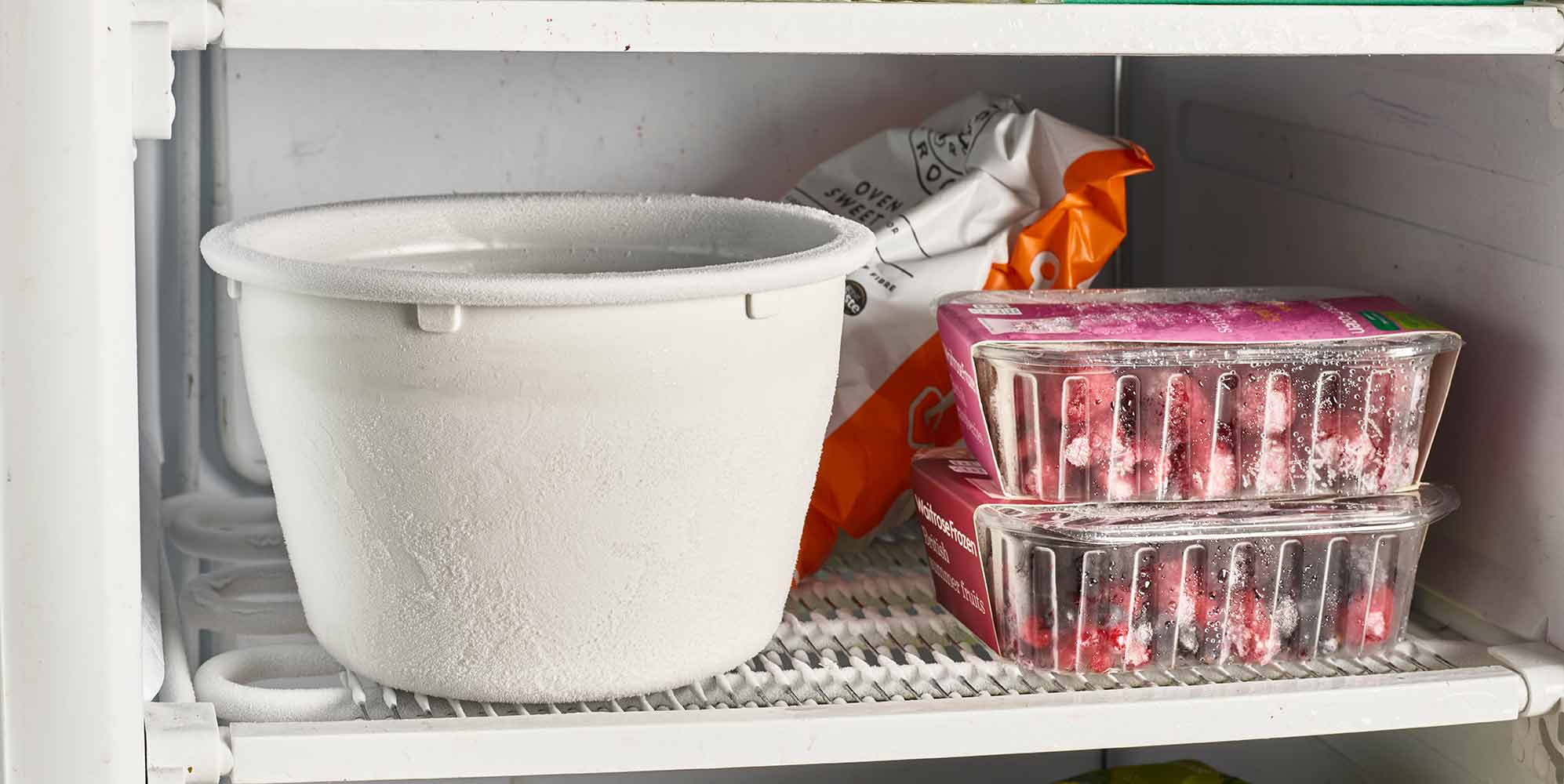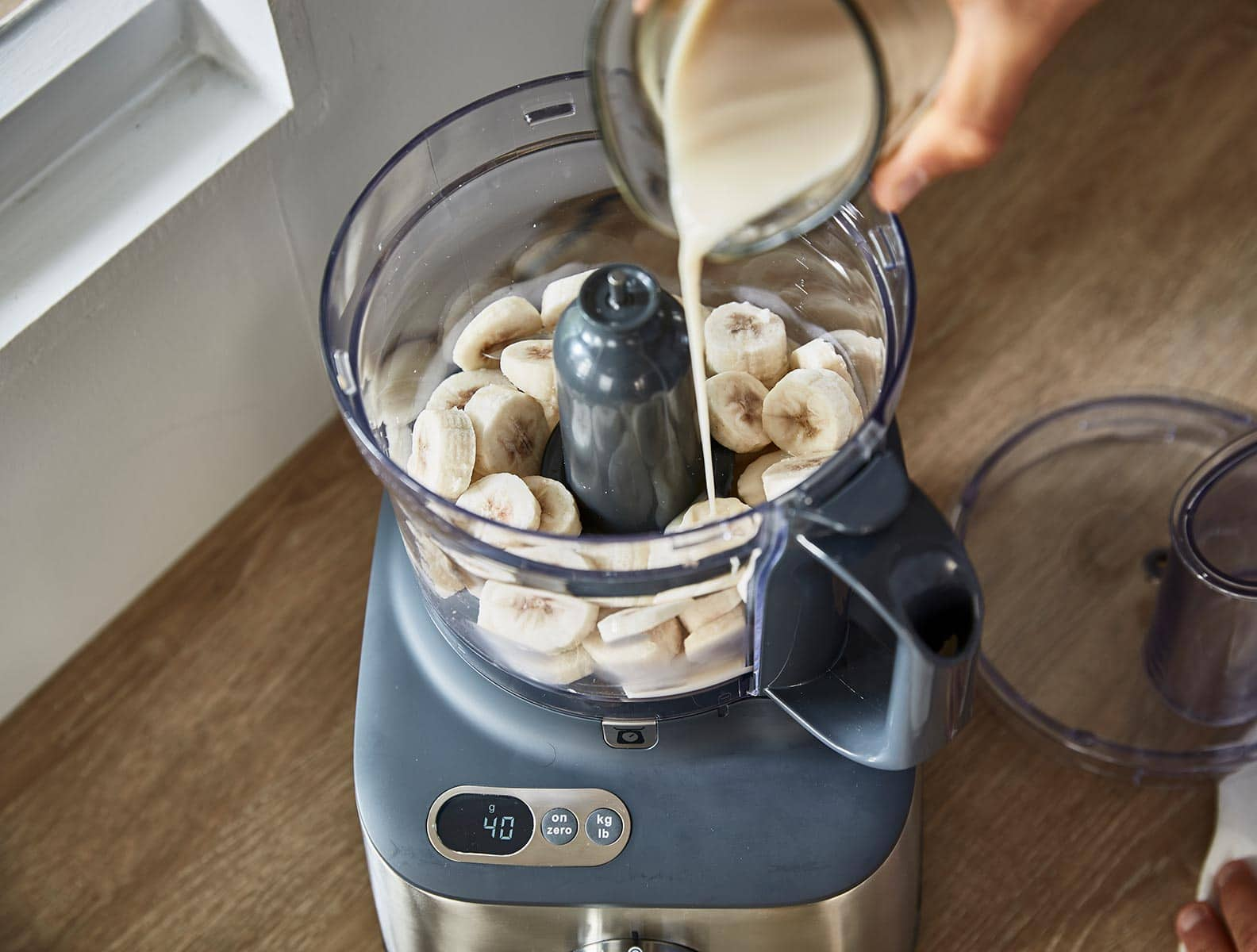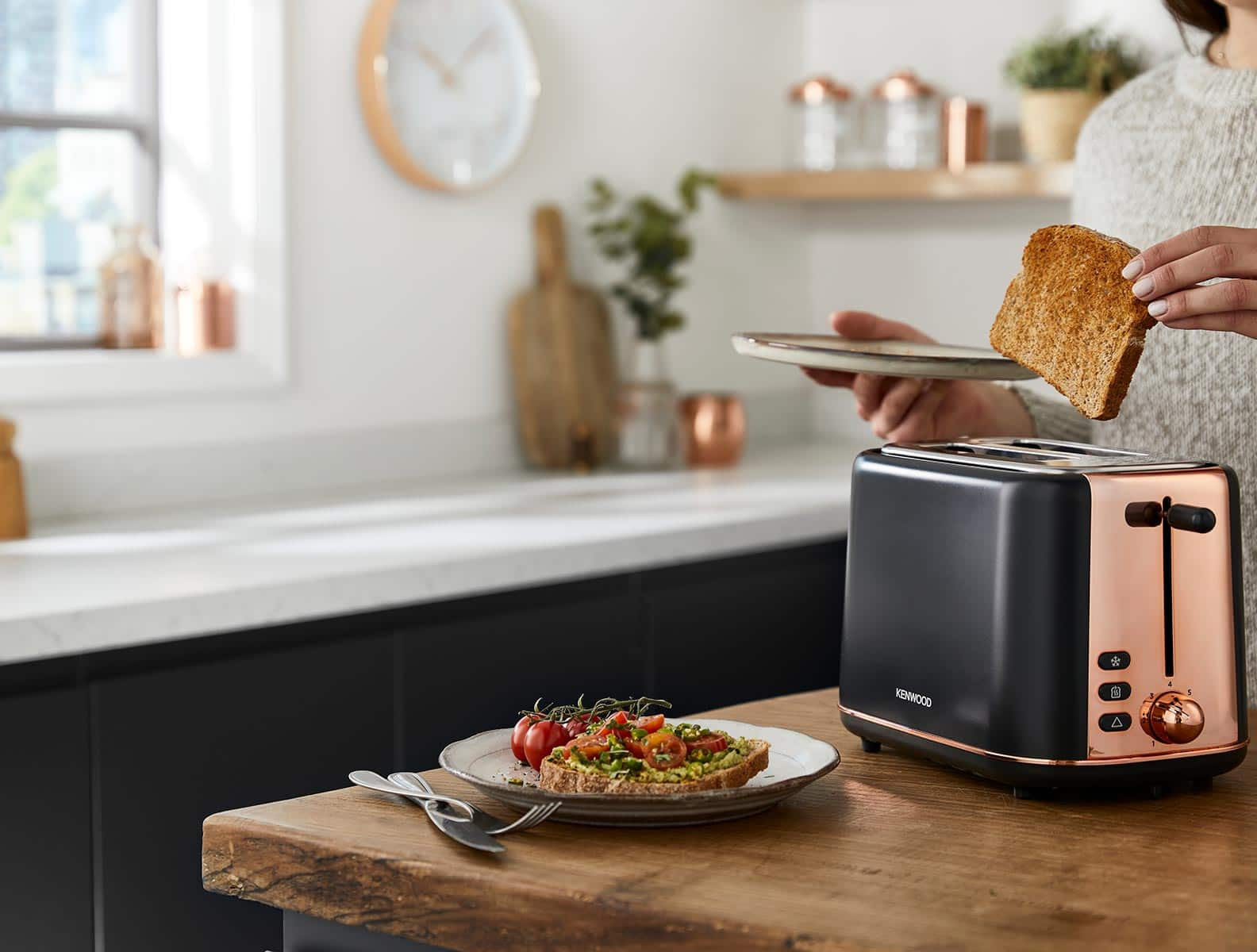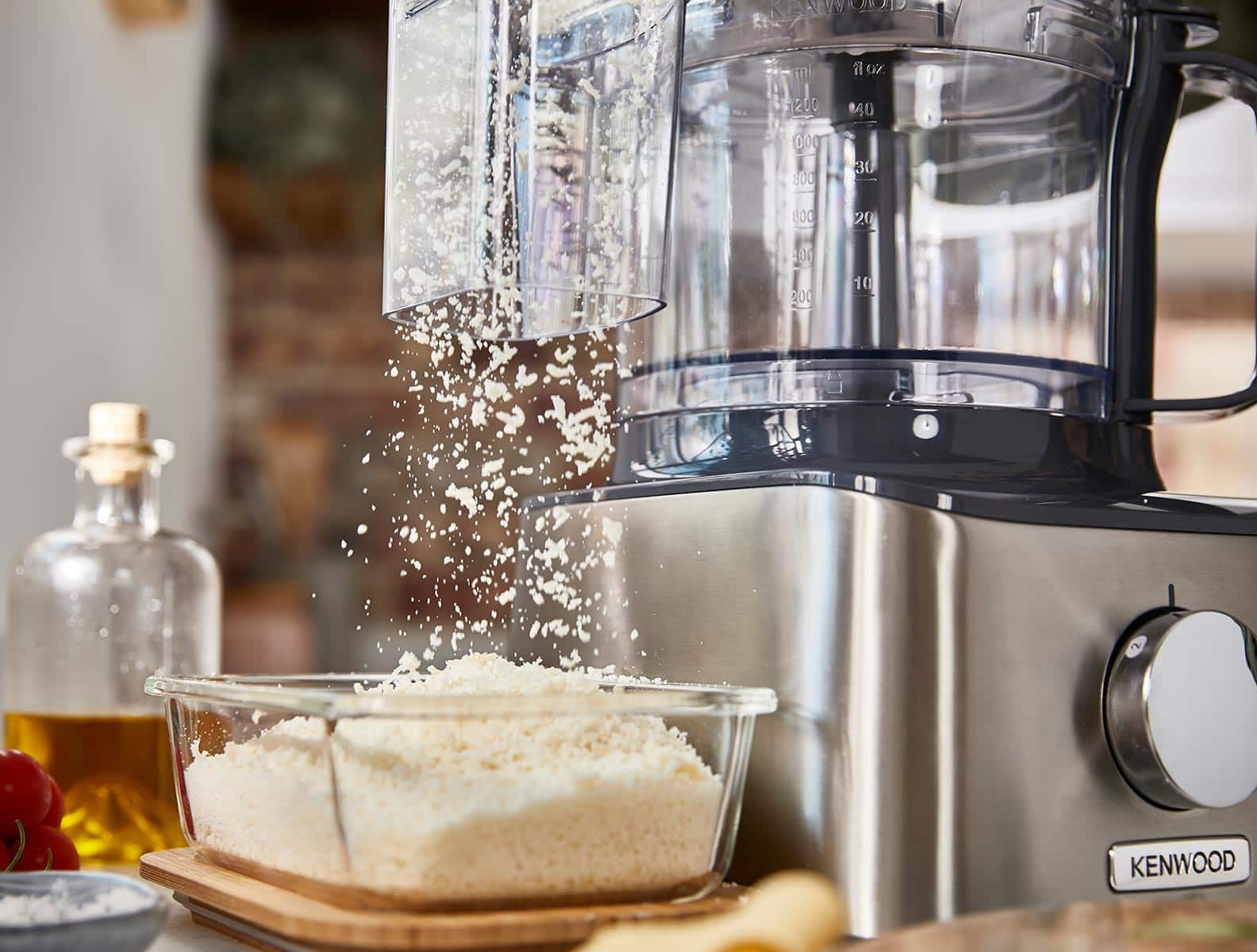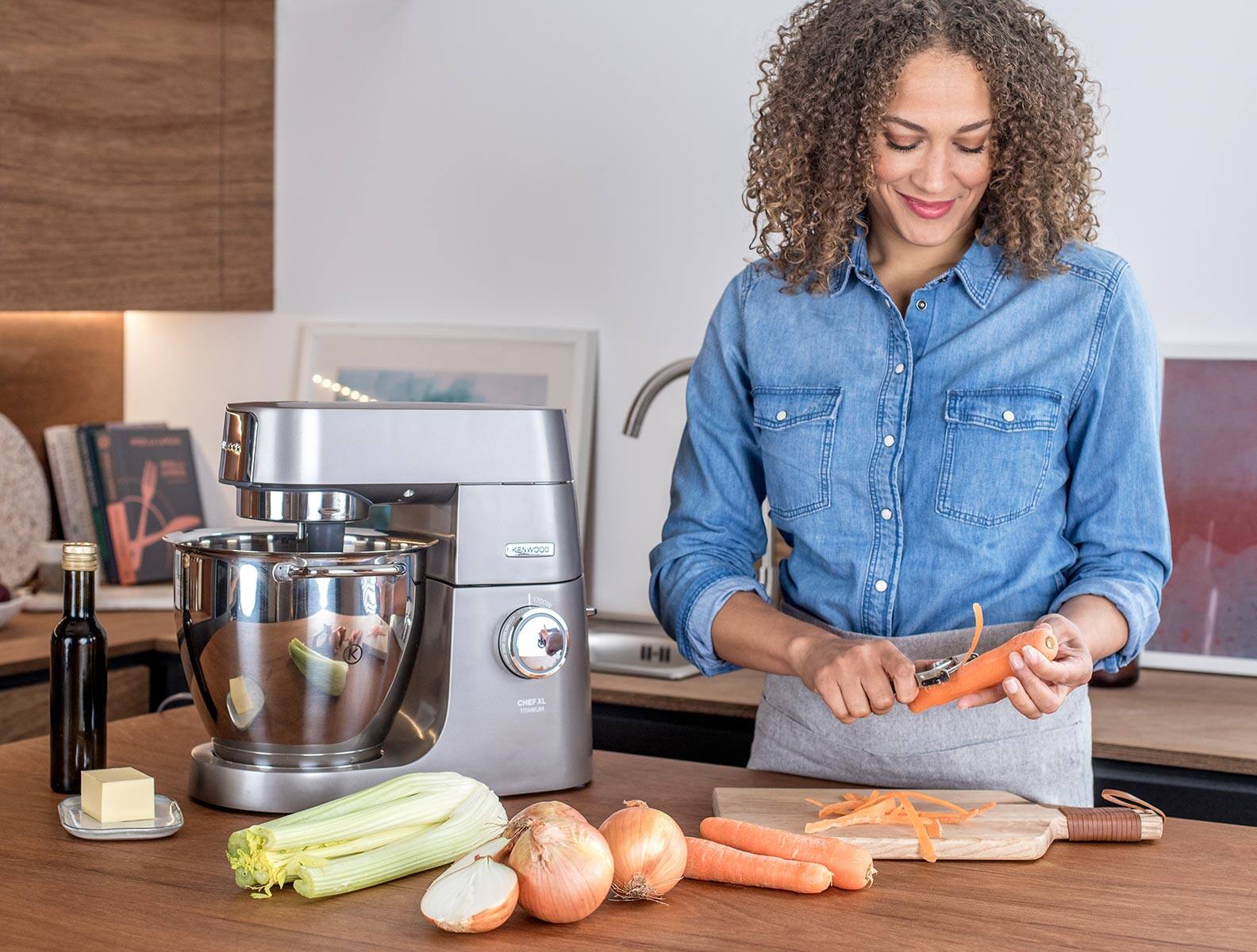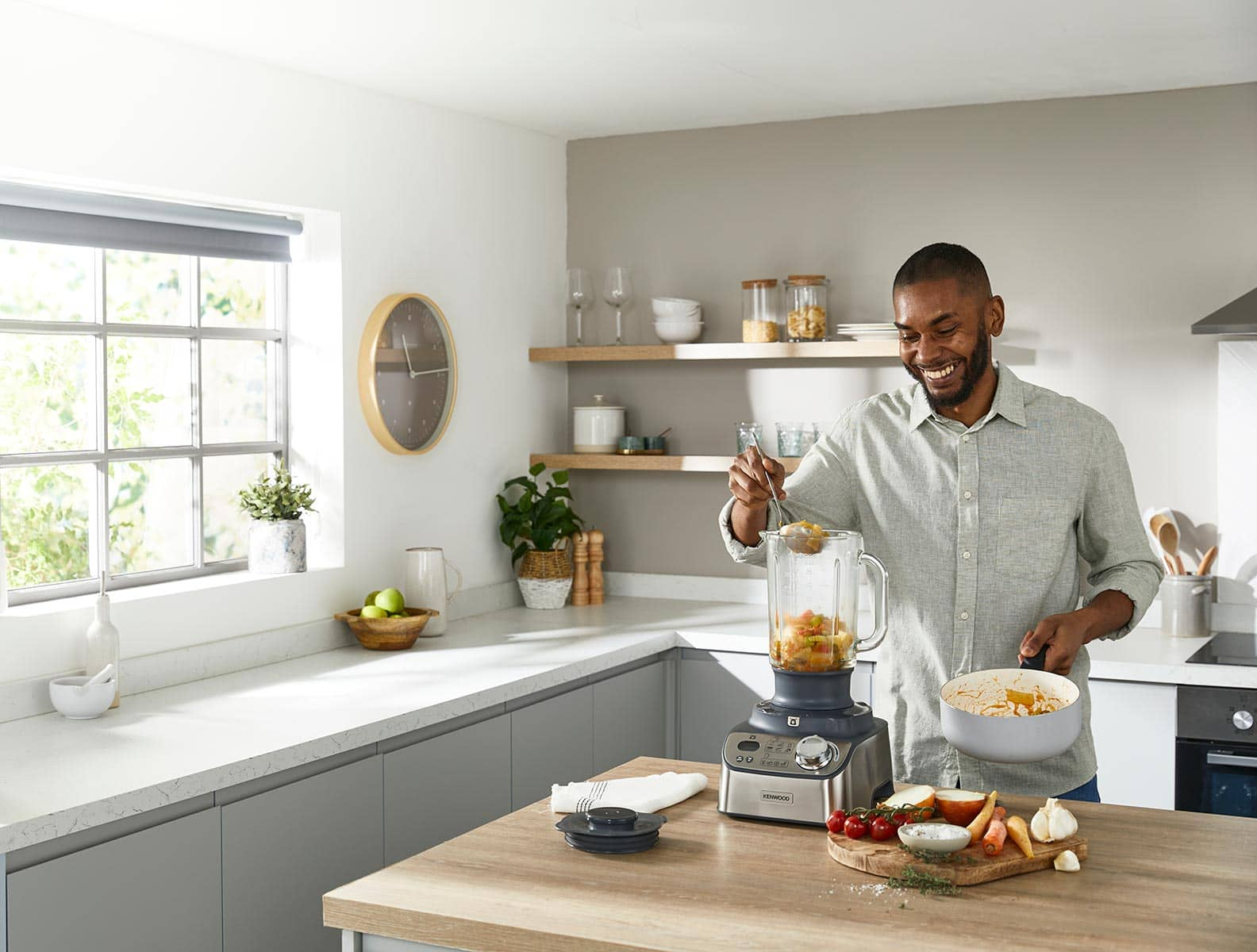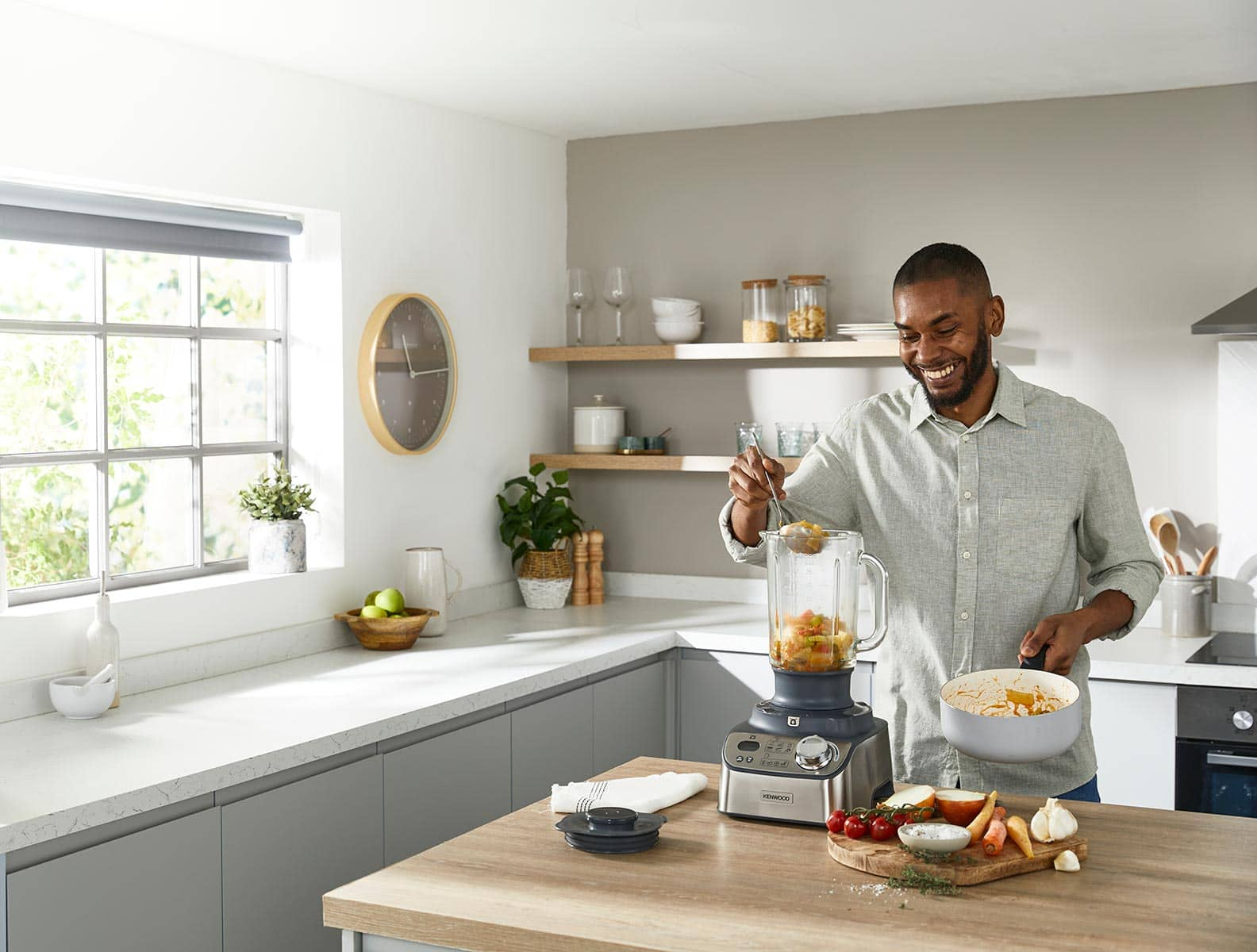We recommend following this freezing, defrosting and reheating advice at home:
- When freezing food or leftover meals, allow it to cool thoroughly and then freeze as soon as possible afterwards
- Store food in strong plastic freezer bags or freezer-safe sealed containers with a lid
- Clearly label food with the contents, freezing date and use by date
- Follow
advice for how long to store your food in the freezer
- When defrosting food, thaw thoroughly in the fridge and eat within 24 hours. Do not refreeze food after it has thawed
- When reheating foods, ensure that they are piping hot before serving
Follow more of our tips on how to reduce food waste at home, here. 